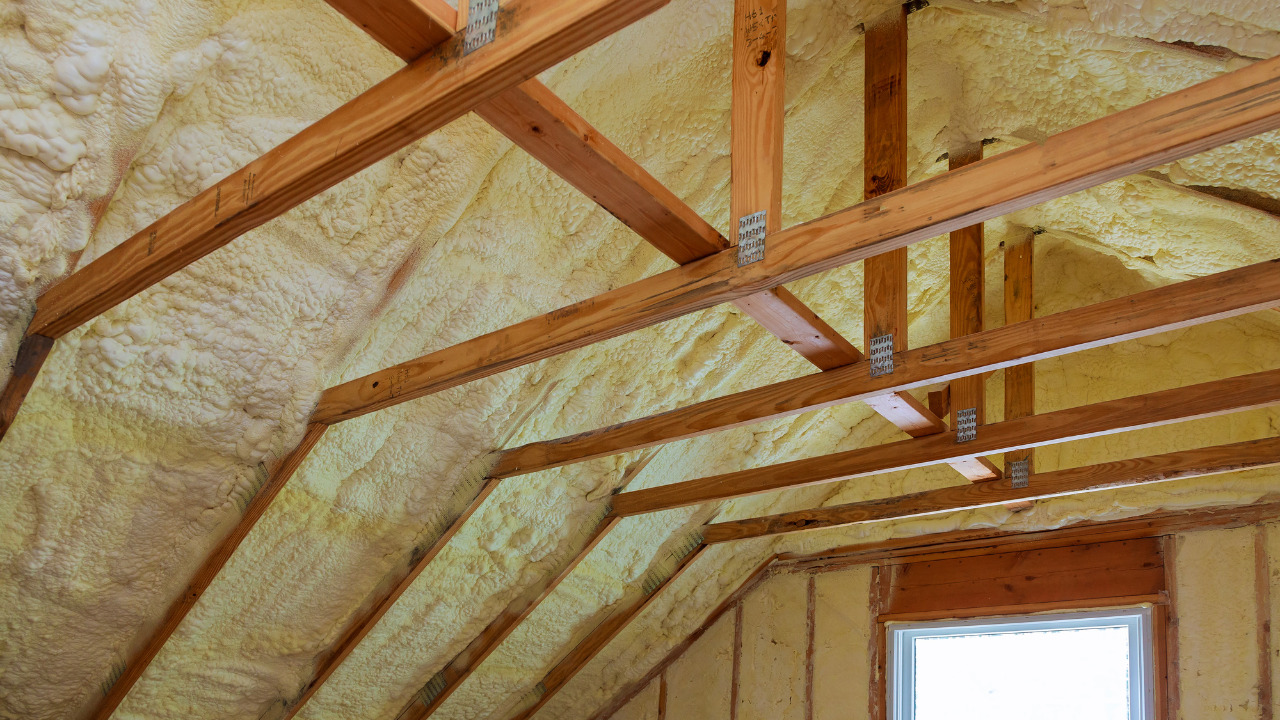In the construction industry, non-destructive testing techniques play a crucial role in evaluating the structural integrity of concrete elements. Two commonly used methods for concrete scanning are X-raying and Ground Penetrating Radar (GPR). While both techniques serve a similar purpose, they differ in terms of the underlying principles, advantages, limitations, and applications.
This article aims to explore the dissimilarities between X-raying and GPR, highlighting their unique characteristics and providing insights into their respective strengths and weaknesses.
Table of Contents
Principle of X-raying
X-raying, also known as X-ray radiography, is a technique that employs high-energy electromagnetic radiation to create images of the internal structures of objects. In the context of concrete scanning, X-rays are used to detect the presence of reinforcing bars, conduits, voids, or other irregularities within the concrete.
X-ray radiation is generated by an X-ray tube, and as it passes through the concrete, it gets absorbed or attenuated by different materials to varying degrees. The resulting X-ray image reveals the density and composition of the scanned object.
Advantages and Limitations of X-raying
X-raying offers several advantages in concrete scanning gold coast. Firstly, it provides detailed images with high resolution, enabling accurate identification and characterisation of embedded objects. This level of detail allows for precise mapping of rebar positions and the assessment of potential corrosion issues.
Additionally, X-ray technology allows for real-time imaging, making it ideal for on-site inspections. It is also capable of detecting small or closely spaced objects within the concrete, enhancing its suitability for quality control purposes.
However, X-raying has its limitations. One significant drawback is the potential health hazards associated with ionising radiation. Operators and individuals nearby must take appropriate safety precautions to minimise exposure.
Lead shielding and proper training are essential to ensure the safe use of X-ray equipment. Moreover, X-raying is more time-consuming and requires skilled technicians to interpret the obtained images accurately. Furthermore, it cannot penetrate extremely dense or thick materials, which restricts its effectiveness in certain scenarios.
Principle of GPR
Ground Penetrating Radar (GPR) is a non-destructive geophysical technique that utilises electromagnetic waves to detect and map subsurface objects or interfaces.
GPR systems emit high-frequency radio waves into the concrete, and these waves bounce back when they encounter changes in the material’s dielectric properties. By measuring the time taken for the reflected waves to return, GPR can create a subsurface profile of the scanned area.
Advantages and Limitations of GPR
GPR offers several advantages in concrete scanning applications. Unlike X-raying, GPR does not emit harmful radiation, making it a safer option for operators and those nearby. This safety aspect eliminates the need for lead shielding and reduces the risk of radiation-related health issues.
GPR is also non-intrusive, as it does not require direct contact with the concrete surface. This feature allows for faster scanning and reduces the risk of damage to the structure. GPR is effective at detecting both metallic and non-metallic objects, including rebar, post-tension cables, plastic pipes, and voids, providing a comprehensive assessment of the concrete condition.
Moreover, GPR can provide valuable information about the subsurface environment, such as the presence of water or variations in soil composition. It can help identify potential foundation issues, such as voids or settling, enabling timely intervention and preventive measures.
However, GPR has certain limitations. The depth of penetration depends on the electrical conductivity and dielectric properties of the materials being scanned. Highly conductive materials, such as wet concrete or soils, can limit the depth of detection.
Additionally, GPR images may lack the clarity and resolution of X-rays, making it challenging to identify smaller or complex objects accurately. Interpreting GPR data can also be more subjective, requiring experienced operators to distinguish between different subsurface features accurately.
Applications of X-raying and GPR
Both X-raying and GPR find applications in a range of concrete scanning scenarios. X-raying is commonly used for assessing the condition of existing structures, such as bridges or buildings, where the presence of rebar and potential corrosion issues need to be evaluated. It is also effective for quality control during the construction of new concrete elements, ensuring that the specified reinforcement patterns are correctly implemented.
Conversely, GPR is suitable for a broader range of applications, including detecting utilities, mapping concrete thickness, locating voids, and identifying structural anomalies. It is often used in utility mapping projects to identify and trace the paths of underground pipes, cables, or conduits.
GPR is also valuable for assessing the thickness of concrete elements, such as slabs or walls, providing information about potential degradation or structural weaknesses. Moreover, GPR can help locate voids or cavities within the concrete, which may indicate areas prone to future deterioration or instability.
GPR’s ability to detect non-metallic objects makes it particularly useful for locating plastic pipes or fibre optic cables, which cannot be identified using X-raying alone. Additionally, GPR is suitable for archaeological investigations, where it can help identify buried structures or artefacts without the need for excavation.
Conclusion
In summary, X-raying and GPR are two distinct non-destructive testing techniques utilised for concrete scanning. X-raying employs X-ray radiation to create high-resolution images of the internal structures, while GPR uses electromagnetic waves to map subsurface objects or interfaces.
Each method has its own set of advantages and limitations. X-raying provides detailed images but requires precautions due to ionising radiation, while GPR offers a safer and faster scanning process but may lack clarity and resolution.
Understanding the differences between X-raying and GPR is essential in choosing the most appropriate technique for concrete scanning based on specific project requirements, safety considerations, and desired outcomes. Both methods contribute significantly to the assessment and maintenance of concrete structures, enabling the construction industry to ensure safety and durability in its projects.
With ongoing advancements in technology, X-raying and GPR continue to evolve, providing enhanced capabilities and expanding their applications in concrete scanning and inspection.
These techniques serve as invaluable tools in the hands of skilled professionals, enabling them to uncover critical information about concrete structures without the need for destructive methods. As the demand for more sustainable and efficient construction practices grows, X-raying and GPR will remain instrumental in ensuring the longevity and safety of concrete infrastructure.





